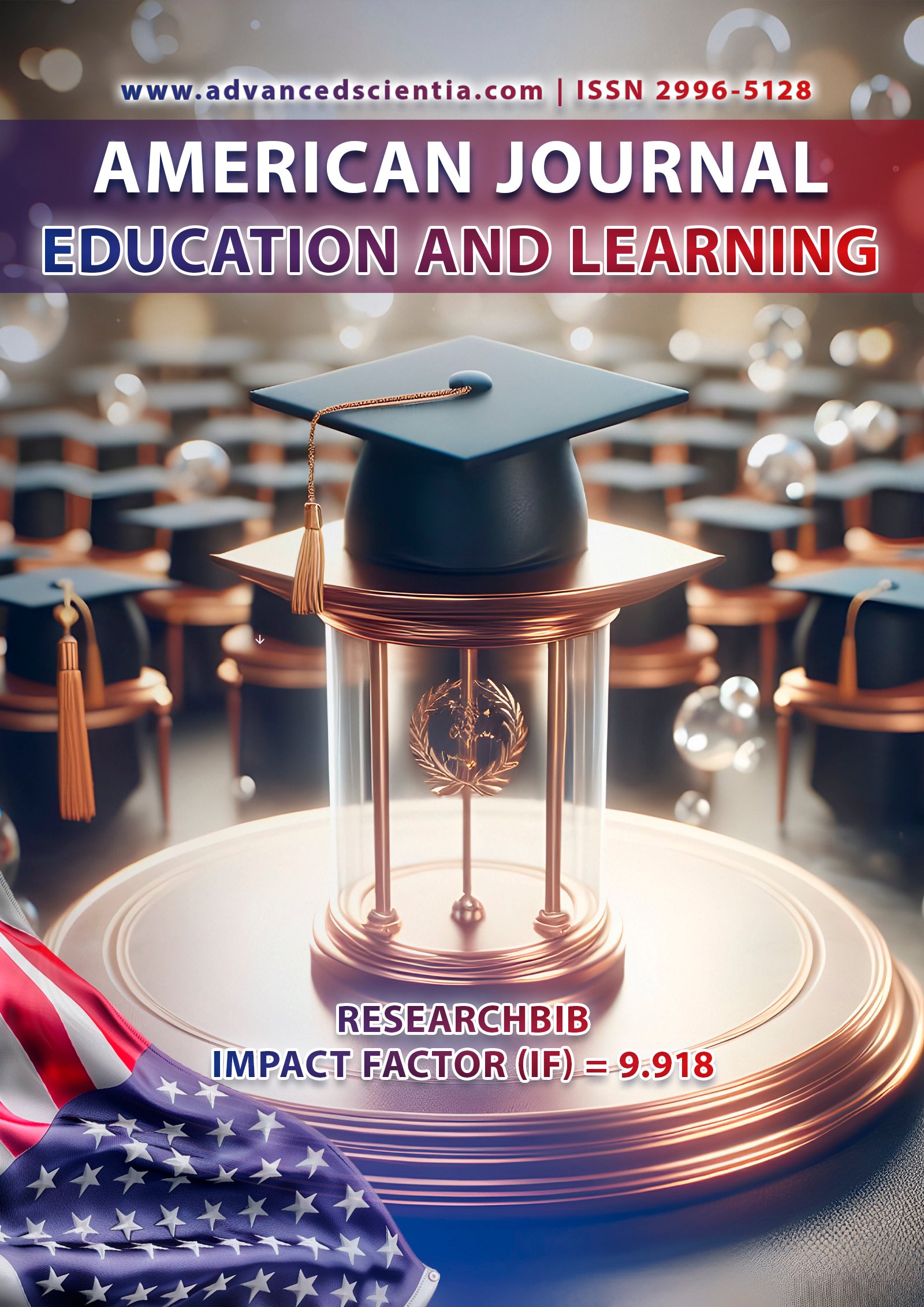COMPARISON OF ARTISTIC IMAGERY DEVICES IN ENGLISH AND UZBEK LANGUAGES
Abstract
This article presents a comparative study of artistic imagery devices in the English and Uzbek languages, focusing on their similarities and differences. Artistic imagery devices, such as metaphor, simile, personification, and hyperbole, are fundamental tools used in both languages to enhance the aesthetic and emotional impact of literary works. By analyzing these devices in both English and Uzbek literature, the study highlights how these languages utilize figurative speech to evoke vivid imagery and express complex ideas. While English literary tradition tends to emphasize abstract concepts and personal experiences, Uzbek literature often draws on vivid natural imagery and national symbols. This comparative analysis also reflects the cultural context in which these languages evolved, illustrating how each language’s imagery devices mirror its respective cultural values and literary history. The findings demonstrate that although there are notable similarities in the use of artistic imagery devices, the distinct cultural backgrounds shape the way these devices are employed in each language.
References
1. Abrams, M. H., & Harpham, G. G. (2015). A Glossary of Literary Terms (11th ed.). Cengage Learning.
2. Black, M. (1954). Metaphor. Proceedings of the Aristotelian Society, 55, 273–294.
3. Lakoff, G., & Turner, M. (1989). More than Cool Reason: A Field Guide to Poetic Metaphor. University of Chicago Press.
4. Lakoff, G., & Johnson, M. (1980). Metaphors We Live By. University of Chicago Press.
5. Jackendoff, R., & Aaron, D. (1991). Review of More than Cool Reason by George Lakoff and Mark Turner. Language, 67(2), 320–338.
6. Kövecses, Z. (2010). Metaphor: A Practical Introduction (2nd ed.). Oxford University Press.
7. Shakespeare, W. (1597). Romeo and Juliet. (Act 2, Scene 2). (as cited in Lakoff, G., & Turner, M., 1989).
8. Navoiy, A. (1499). Xamsa. (Yangi nashr: 1983). Toshkent: G‘afur G‘ulom nomidagi Adabiyot va san’at nashriyoti.
9. Qodiriy, A. (1926). O‘tgan kunlar. (Yangi nashr: 2017). Toshkent: G‘afur G‘ulom nomidagi Adabiyot va san’at nashriyoti.
10. Turner, M. (1996). The Literary Mind: The Origins of Thought and Language. Oxford University Press.
11. Ricoeur, P. (1977). The Rule of Metaphor: Multi-disciplinary Studies of the Creation of Meaning in Language. University of Toronto Press.






















